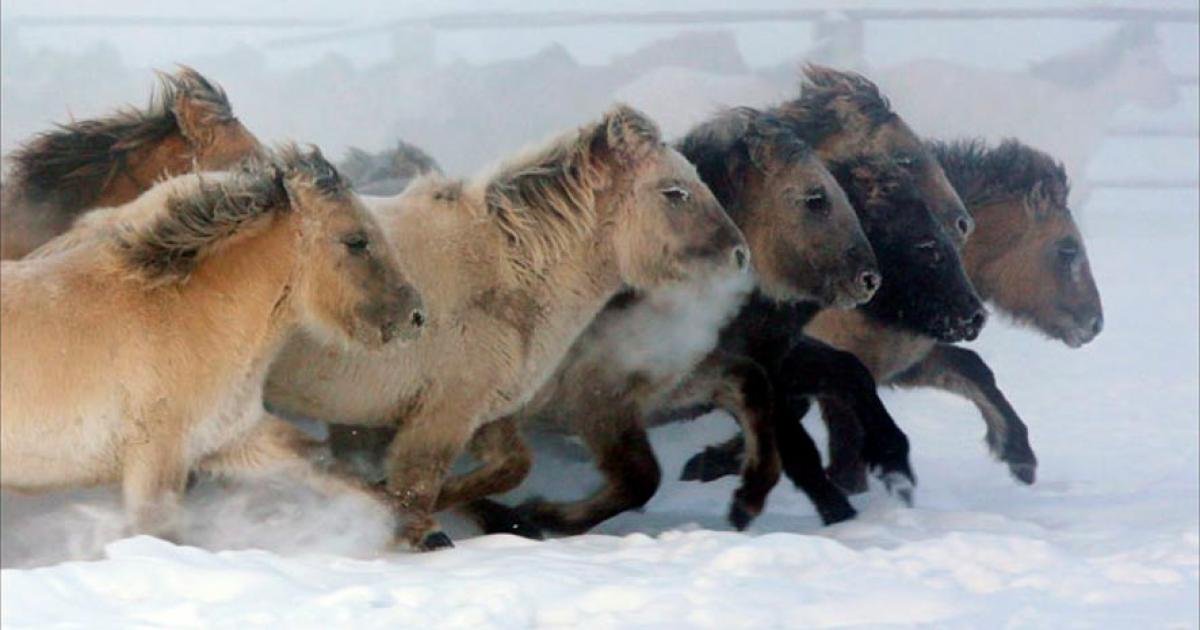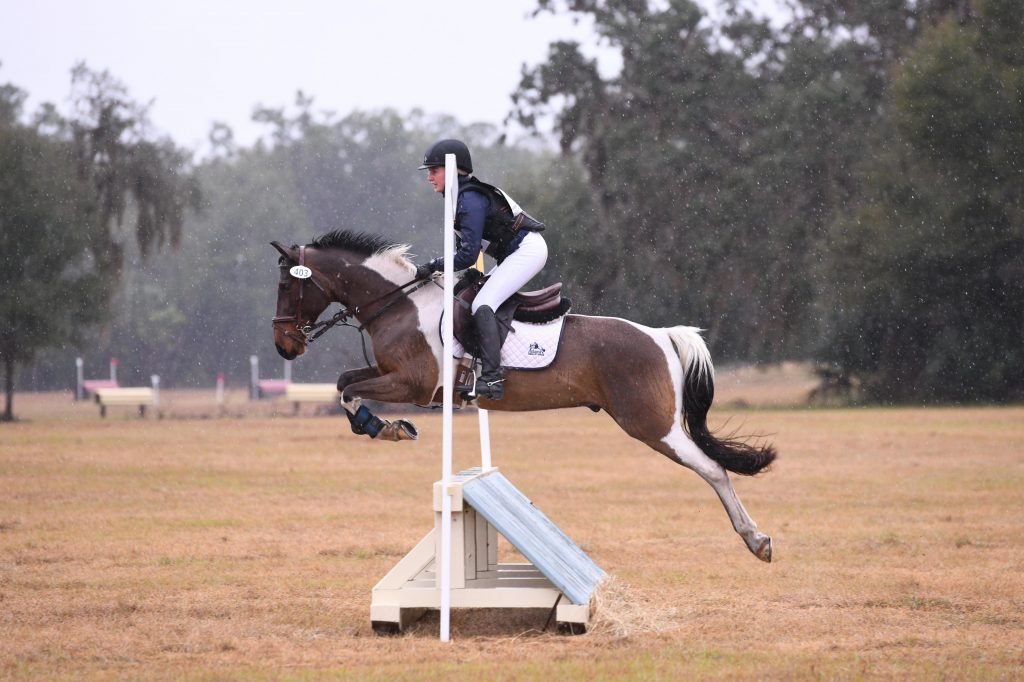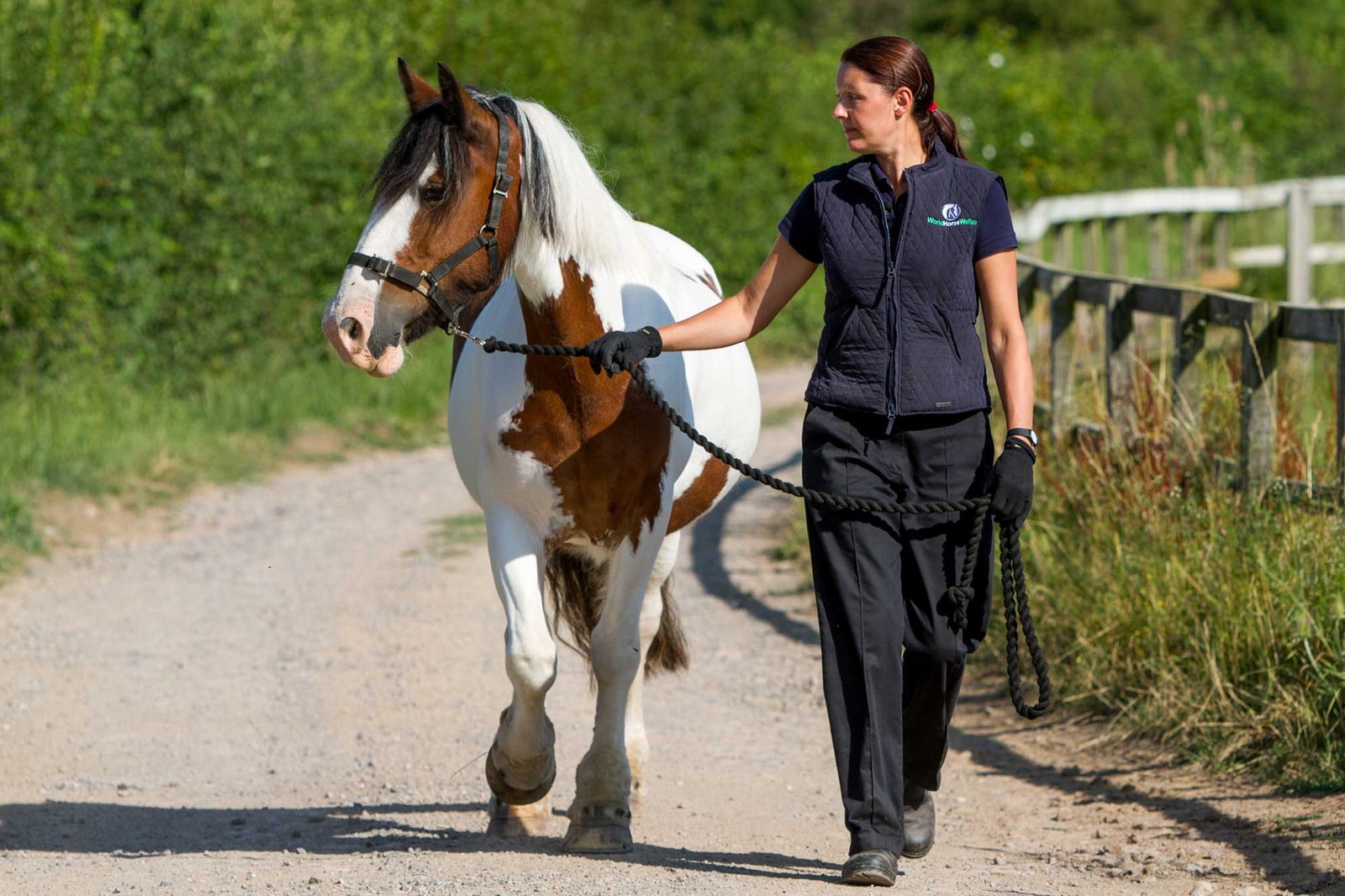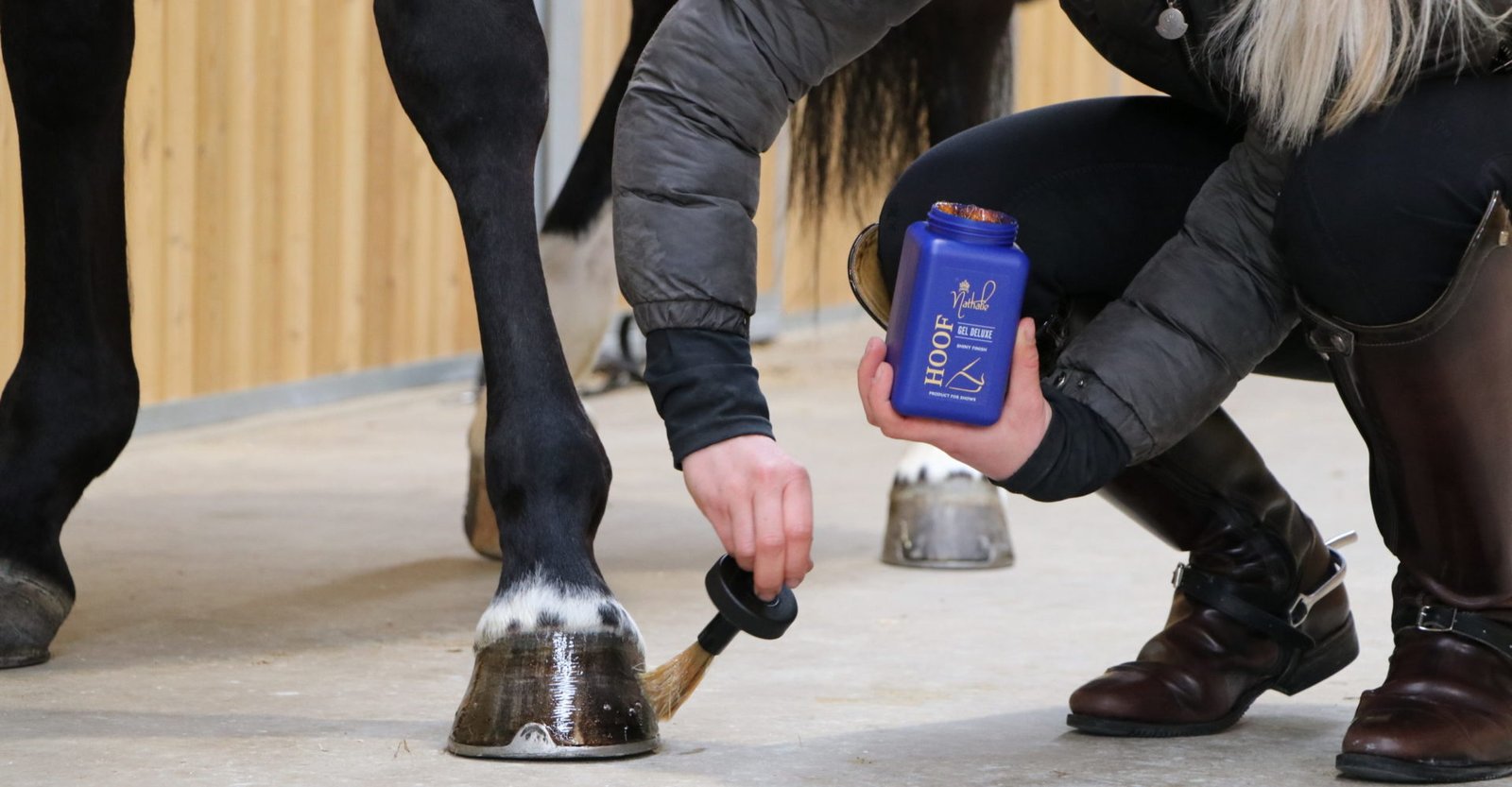Ponies are intelligent, social, and often spirited animals that require understanding and patience to handle and train effectively. Their unique behaviors can sometimes challenge even experienced equestrians, but with the right approach, you can build a strong, trusting relationship. This guide explores pony behavior and offers practical tips for successful handling and training.
1. The Nature of Ponies: Herd Animals at Heart
Ponies are naturally herd animals, meaning they rely on a social structure for safety and companionship. Understanding this instinct can help you work with your pony rather than against them.
Key Behaviors:
- Dominance Dynamics: Ponies often test boundaries to establish their position in the “herd” (which includes you).
- Safety First: Ponies are vigilant and may react quickly to perceived threats.
- Curiosity: Their inquisitive nature drives them to investigate new objects or situations.
Training Tip: Assert yourself as a calm, confident leader to earn your pony’s trust and respect.
2. Reading Pony Body Language
Recognizing and interpreting your pony’s body language is crucial for effective communication and training.
Common Signals:
- Ears Forward: Alert and curious.
- Ears Pinned Back: Anger or discomfort.
- Relaxed Posture: A sign of trust and contentment.
- Swishing Tail: Can indicate irritation or impatience.
Pro Tip: Always approach your pony calmly and observe their reactions to gauge their mood.

3. Building Trust Through Consistency
Consistency in handling and training helps your pony feel secure and fosters trust.
Steps to Take:
- Stick to a routine for feeding, grooming, and training.
- Use consistent cues for commands to avoid confusion.
- Reward positive behavior with treats, praise, or gentle pats.
Why It Works: Predictability reassures your pony and strengthens your bond.
4. Addressing Common Behavioral Issues
Ponies may exhibit behaviors such as nipping, kicking, or stubbornness. Understanding the root cause is key to resolving these issues.
Possible Causes:
- Nipping: Often playful but can stem from boredom or lack of boundaries.
- Kicking: A defensive reaction, usually due to fear or frustration.
- Stubbornness: May arise from confusion, discomfort, or testing authority.
Solutions:
- Set clear boundaries and enforce them consistently.
- Ensure your pony is comfortable and free from pain.
- Engage their mind with puzzles or varied training exercises.
5. Positive Reinforcement in Training
Positive reinforcement is one of the most effective ways to encourage desired behavior.
How to Use It:
- Reward your pony immediately after they perform a correct action.
- Keep sessions short and engaging to maintain focus.
- Pair rewards with verbal praise to create a lasting association.
Example: If your pony walks calmly beside you, offer a treat or a kind word to reinforce the behavior.
6. Desensitization: Reducing Fear and Reactivity
Ponies can be naturally skittish, but desensitization training helps them stay calm in various situations.
Steps for Success:
- Introduce potentially scary objects, like plastic bags or umbrellas, slowly and from a safe distance.
- Allow your pony to investigate at their own pace.
- Reward calm behavior to encourage confidence.
Pro Tip: Gradual exposure builds resilience and trust.
7. Establishing Respect Without Fear
It’s essential to balance discipline with kindness to ensure your pony respects you without becoming fearful.
Tips:
- Use a firm but calm voice to issue commands.
- Avoid punishment that may cause fear or resentment.
- Redirect unwanted behavior rather than reacting harshly.
Why It’s Important: A respectful pony is more willing to learn and follow your lead.
8. Training Techniques for Success
Ponies thrive on clear communication and structured training.
Key Techniques:
- Groundwork: Teach basic commands like “stop,” “go,” and “back up” from the ground.
- Lunging: Helps improve obedience and fitness.
- Riding Training: Start with basic maneuvers in a safe, enclosed area before venturing out.
Golden Rule: Be patient and celebrate small victories.
9. Managing Stress in Ponies
Ponies, like all animals, can experience stress that affects their behavior.
Signs of Stress:
- Restlessness or pacing.
- Loss of appetite.
- Increased vocalization.
How to Reduce Stress:
- Provide a consistent routine.
- Ensure your pony has access to companions.
- Avoid overworking or overwhelming them during training.
10. The Role of Environment and Socialization
Ponies thrive in environments that meet their physical and social needs.
Essentials:
- Plenty of turnout time with other equines.
- A clean, safe living space with adequate shelter.
- Opportunities for mental stimulation through toys or varied activities.











